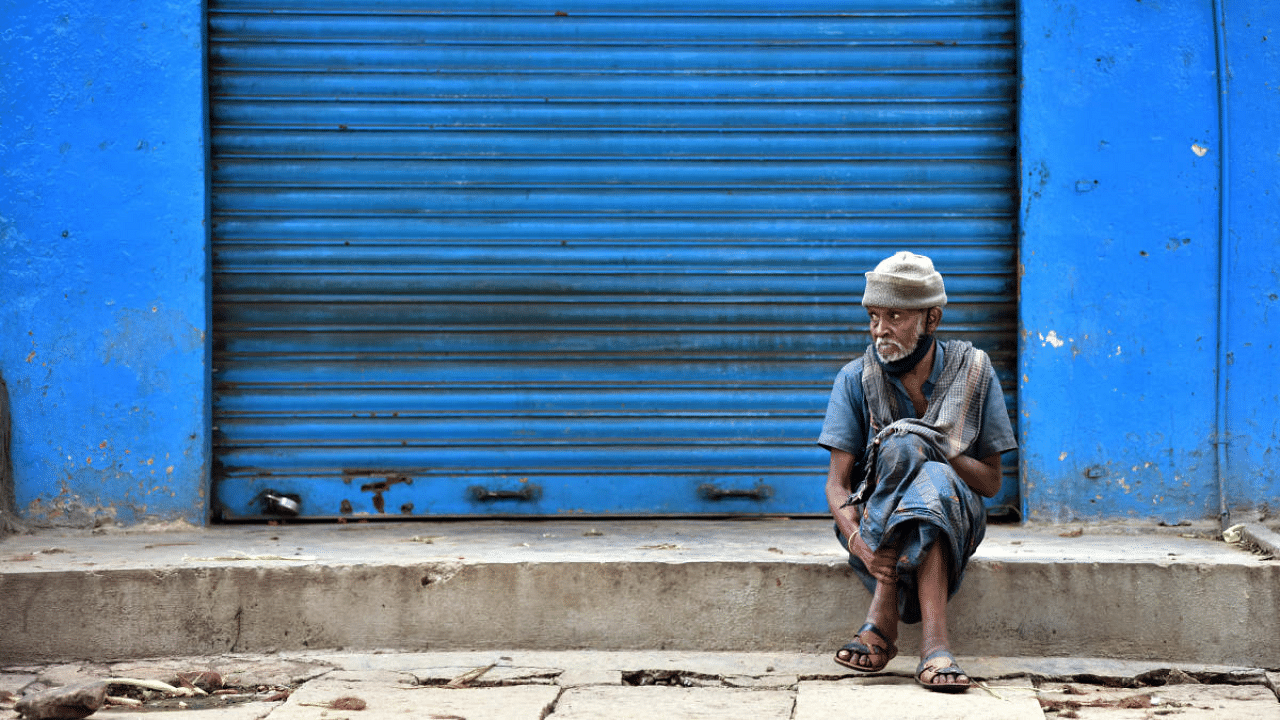
Karnataka has slipped into its worst spiral of financial woes and excessive borrowing in two decades, and the implications are frightening. The development could grind to a halt or citizens could be taxed to help repay the state’s loans.
Wherever you look, the signs are dire. Not a single announcement from the state Budget has been given effect; allocations have been cut; free rice for the poor has been hacked to 3 kg from 5 kg; money meant for free bus passes for students has been diverted to pay salaries; and all direct recruitment is indefinitely frozen, dashing the hopes of thousands of government job aspirants.
That’s not all. Flood relief measures are yet to reach victims who saw their homes flooded last year.
Even before the economic blow to state governments from Covid-19 had become apparent, Chief Minister BS Yediyurappa had declared in March that Karnataka was facing unprecedented economic difficulties and vowed to take loans to fund development works.
Soon, Covid-19 had turned off the tap on the funds available to the state even further due to revenue loss from the lockdowns and delayed GST compensation. The state economy is set to contract by 17% this financial year compared with a 6.8% growth in financial 2019-20.
Experts point out that if the state government has an economic strategy to come out of this crisis, it has not outlined it yet. “The sooner you act, the sooner can you get back to shape,” said Narendar Pani of the National Institute of Advanced Studies (NIAS), warning that growing debt could reduce the number of agencies willing to finance the government as its credit rating would drop.
Karnataka is the second-most arid Indian state after Rajasthan, with 60% of its geography drought-hit between 2001 and 2015. Coupled with successive years of drought, the state has been at the receiving end of floods since 2018.
In addition, Karnataka’s dependence on Central funds has increased over the years. Between 2011 and 2019, the share of Central funds in Karnataka’s receipts went up by 12%, whereas receipts from its own revenue sources are gradually declining.
That the BJP is in power in the Centre has not made Yediyurappa’s life easy. It has left him and his party vulnerable to derision every time the state looks to the Centre for funds and gets less than it wanted.
When the state suffered its worst flooding in 100 years in July 2019, the government estimated flood damages at Rs 35,000 crore. It only received Rs 1,869 crore aid from National Disaster Response Fund (NDRF). This year, Karnataka has estimated over Rs 8,000 crore in flood losses, but is eligible to receive only Rs 682 crore, forcing it to practically fund relief on its own.
Generally, Karnataka is seen as one of India’s better-off states. It was India’s first state to have introduced a framework to maintain fiscal rules in 2002. But today, its Gross State Domestic Product (GSDP) to liabilities ratio is already more than that of Maharashtra and Telangana. A host of factors have contributed to it: Economic losses from Covid-19, reduced tax devolution and GST compensation delays among others.
It’s worth noting that Karnataka suffered a major blow when the 15th Finance Commission reduced its share in the divisible pool of devolved taxes, which means the state will lose around Rs 60,000 crore over the next five years. Kerala is set to lose around Rs 20,000 crore and Andhra Pradesh around Rs 32,000 crore.
Its committed expenditure – salaries, subsidies, pensions and so on – consume a major share of revenue receipts, leaving little fiscal room for developmental spending and forcing the government to borrow more.
Difficult measures
In a bid to tackle this situation, Karnataka has now decided to borrow Rs 33,000 crore, which is an additional 2 percentage points of its GSDP (the Centre has raised the borrowing limit from 3% to 5% of GSDP for all states to sail through the economic crisis). Also, the state government has decided to go with Option 1 of the GST compensation offered by the Centre, which involves borrowing Rs 11,324 crore.
These borrowings will have serious ramifications in the long run. At a time when uncertainty over the pandemic still prevails, experts say growing debt will be a severe fiscal risk for the government. Loan repayment will start from 2021-22, compromising many welfare schemes as funds are diverted to repay debt.
“This is an extraordinary situation. All activities were stopped for 4-5 months, which took a toll on the economy. We have to make some extraordinary decisions and that’s what has been done,” Home Minister Basavaraj Bommai, who represents Karnataka in the GST Council told DH.
But public finance expert Ashok Rao disagrees. “The allocation for servicing these new loans will come at the cost of expenditure to various welfare schemes,” said Rao. He added that the fiscal prudence provisions under the Karnataka Fiscal Responsibility Act will go for a toss with the additional borrowing.
States are known to compress expenditure so as to meet targets of fiscal indicators. Karnataka has compressed its capital expenditure and marginally decreased its spending on education, social welfare and nutrition, which has impacted human development indicators, according to a January 2020 working paper of the National Institute of Public Finance and Policy.
“It is intriguing that the state, with comfortable levels of fiscal consolidation since 2005, has resorted to heavy off-budget borrowing to finance state programmes,” the paper pointed out.
Populism catches up
The populist crop loan waiver schemes implemented by the previous Congress and Congress-JD(S) coalition governments made a dent on the state exchequer. According to Reserve Bank of India (RBI) figures, Karnataka expanded its loan waiver programme from Rs 18,000 crore announced in 2017-18 to Rs 44,000 crore in Rs 2018-19 – equivalent to 3.4% of GSDP.
Also, during the floods, Karnataka burnt a hole in its pocket by announcing relief to victims that was five times more than the NDRF norms. For instance, the state announced Rs 5 lakh compensation to each flood-damaged house, while NDRF provided only around Rs 95,000. All this has added up over time.
Both the state government and experts are now pointing towards job creation as a solution to the current crisis. “One way is to spend the borrowings to generate demand in the market, hoping it would create jobs,” Pani of NIAS noted.
